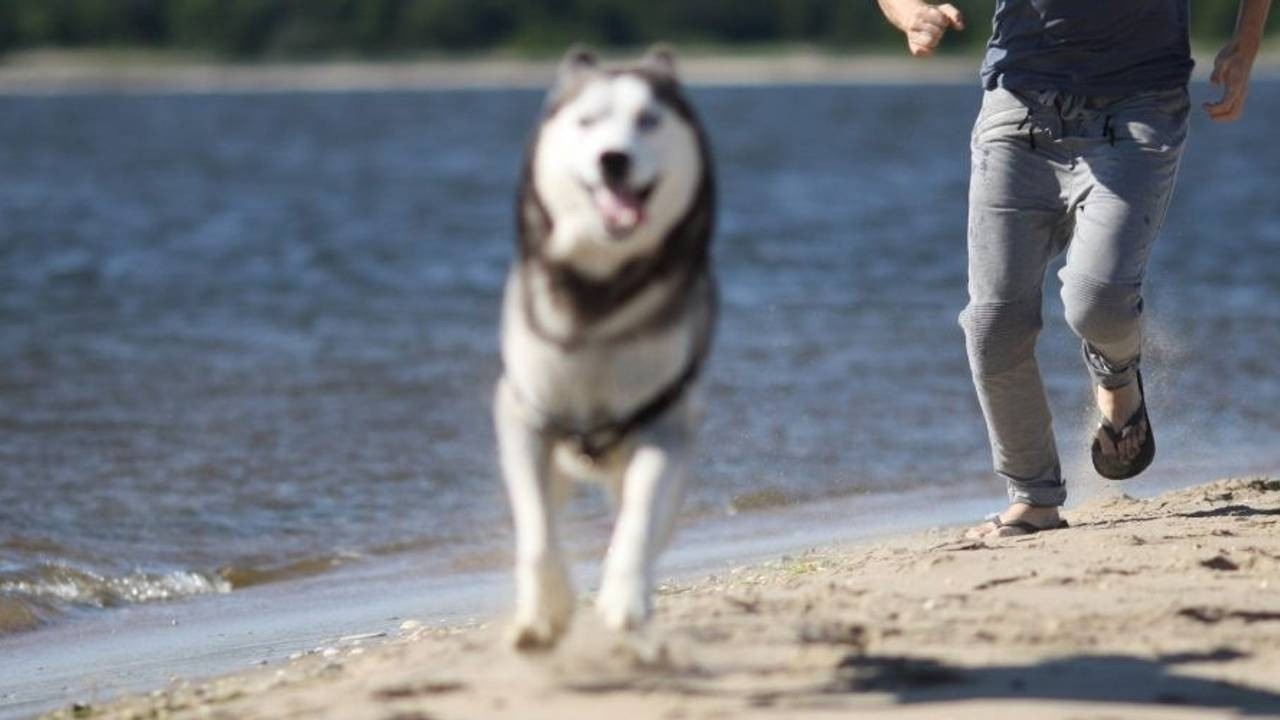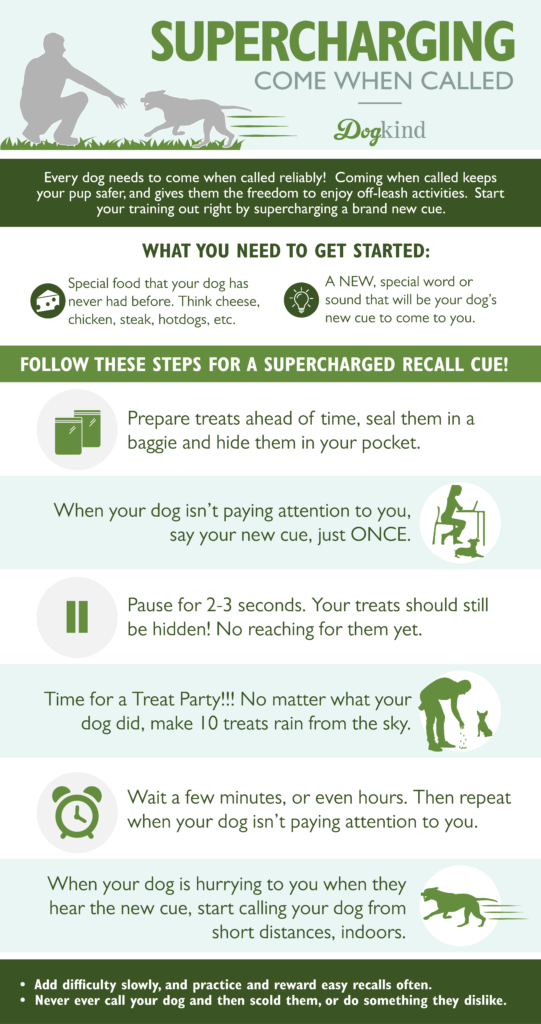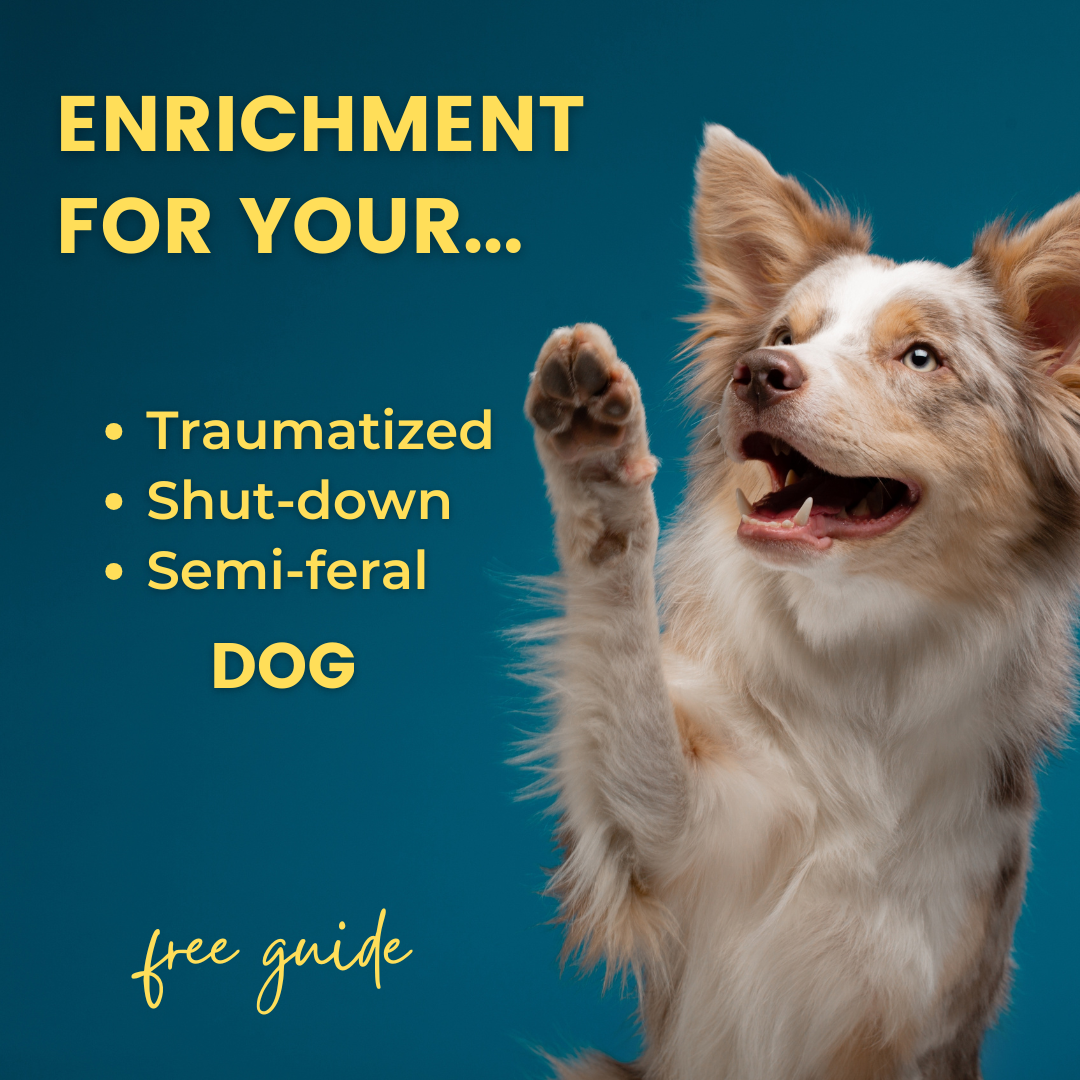
Have you worked hard to train your dog to come when called, only to have them ignore you if they don’t see treats in your hand? This is a common problem you can fix with just a small adjustment to your training.
Last week we shared a video that walks you through the process of “supercharging” a word or sound, so you can create a powerful cue for your dog to come running to you. This week, we focus in a little more on important details that can make or break your coming when called training.
You want your dog to develop a strong positive association with the the word or sound you’ll be using to call them at the beginning of coming when called training. Choose a brand new word or sound. If your dog already ignores “Come” some of the time, choose a different word for this training.
The most common mistake we see in our online Coming When Called class, is students having treats in their hand when they say their recall cue. If your dog knows you have treats, that’s often all they pay attention to. They might ignore that “background noise” (a.k.a your cue!) if they’re focused on the steak in your hand.
What can you do to avoid this common training pitfall?
Check out the infographic below, which highlights the key steps to getting the coming when called cue “supercharging” process right. Follow these steps to make sure your dog learns that the word or sound you’ve chosen, and NOT the sight or smell of treats, is their cue to come running:
1) Cook and cut up treats well ahead of time, then seal them in air-tight containers. We don’t want your dog to smell the treats before they hear the new coming when called cue we are “supercharging”;
2) Wait to say your new coming when called cue until your dog isn’t paying attention to you. If your dog is following you around looking expectant, they probably know you have treats. Now is not the time to say your special cue;
3) After you say your new cue, pause for 2-3 seconds, THEN reach for treats. (At first, you’ll find yourself automatically reaching for treats while you’re saying the word. Catch yourself, this is important!)
Getting these small details right is harder than it sounds. In class, we sometimes do “practice runs” with a word that isn’t the real cue, like “Bananas!” If you practice with a “fake” cue, you can work out the kinks before starting the real training.

If you enjoy this training, or have questions about it, you’re invited to join our free Fearful and Reactive Dog Support Community on Facebook. We’d love to hear how your training is going!
Categories


Have a dog who is too anxious to have fun? Grab this free guide & video lesson all about how to teach your extremely fearful dog their 1st enrichment game.


Community
We offer a free private Facebook support group for owners of fearful dogs to connect and share their stories. Join us there.


